These are the space missions to watch in 2022
Missions to the moon, Mars, asteroids and much more are slated to launch this year.
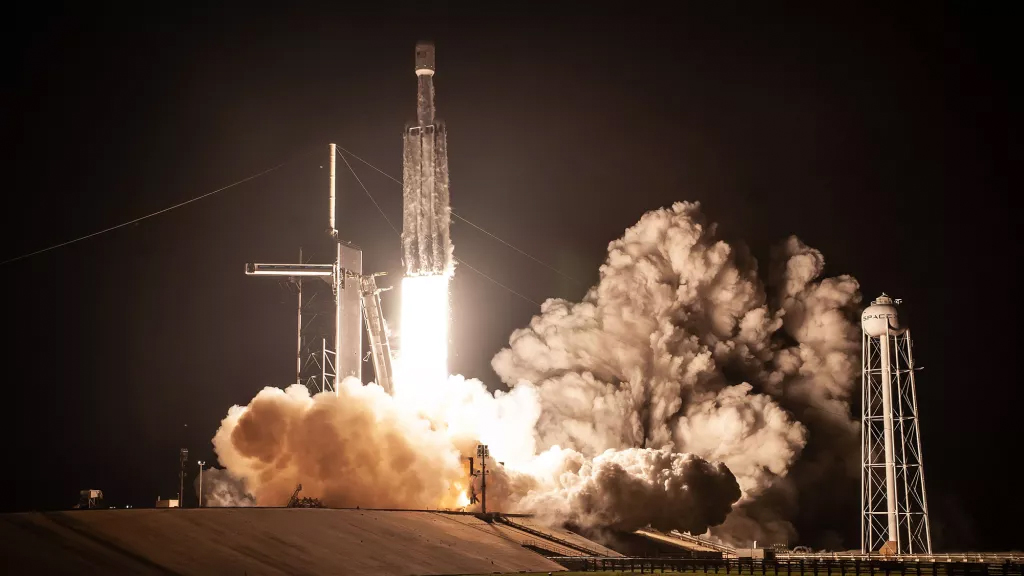
An exciting year lies ahead with many space missions slated to launch in 2022.
While 2021 was an eventful year with the first space tourist-focused missions, NASA's new Perseverance rover and Ingenuity helicopter landing on Mars, the long-awaited launch of NASA's James Webb Space Telescope and numerous other science missions, there's even more to look forward to in 2022.
From new launch vehicles like SpaceX's Starship, NASA's Space Launch System (SLS) megarocket, United Launch Alliance's (ULA) Vulcan Centaur rocket and Blue Origin's New Glenn rocket, to missions to the moon, Mars, asteroids and much more, a lot of exciting missions are expected to launch or arrive at their destination in 2022. We'll also see a lot of missions that were delayed in 2021 take flight.
Here's what we're looking forward to in 2022:
SpaceX's 1st orbital Starship launch to space
SpaceX plans to fly a Starship spacecraft to orbit for the first time early next year. The company is targeting early March for its first Starship orbital launch, with as many as a dozen test flights to follow in 2022.
Both the Starship vehicle and its Super Heavy booster are now complete, and the launch pad and tower at the company's South Texas launch site were expected to be completed by the end of 2021. If all goes according to plan, the inaugural flight will place Starship in orbit for a brief period of time before reentering Earth's atmosphere and splashing down in the Pacific Ocean.
Starship consists of two elements, both of which are designed to be fully and rapidly reusable. If SpaceX is able to recover and reuse Starship during this year's test flights, operational missions could begin in 2023. The company plans to eventually use Starship for crewed missions to Mars.
Get the world’s most fascinating discoveries delivered straight to your inbox.
Private astronauts fly to International Space Station with Axiom Space

SpaceX plans to send astronauts with the Houston-based company Axiom Space into space in 2022 for a private mission to the International Space Station.
The Axiom Mission 1 (Ax-1) is now expected to launch on Feb. 28, 2022 (the private crewed mission originally targeted a 2021 launch). The Ax-1 crew consists of four astronauts, including former NASA astronaut Michael López-Alegría, Larry Connor, Mark Pathy and Eytan Stibbe. The trip will likely feature eight days at the station and two days of travel time. While tourists have visited the space station before, Axiom notes this will be "the first-ever fully private" trip to the station. The crew is planning a total of 25 microgravity experiments, which will focus on science, education and outreach.
NASA also gave the green light for a second Axiom crewed mission to the space station. That flight, known as Ax-2, is currently scheduled to launch from NASA's Kennedy Space Center in Florida as early as fall 2022. Axiom has contracted with SpaceX to launch four crewed missions to the ISS using Crew Dragon capsules and Falcon 9 rockets.
Moon landing by Houston's Intuitive Machines
The robotic Nova-C lunar lander, built by Houston-based Intuitive Machines, will launch atop a SpaceX Falcon 9 rocket on a NASA-sponsored flight in early 2022. Originally scheduled for 2021, the Nova-C launch was delayed by SpaceX.
The mission will carry five NASA Commercial Lunar Payload Services (CLPS) payloads, as well as several other commercial payloads — including a small rover from the British company Spacebit, which will represent the first U.K. mission to the lunar surface. "Our partnership with Intuitive Machines is a great example of two private companies working together with NASA to advance space exploration," SpaceX President Gwynne Shotwell said in a statement.
The Nova-C spacecraft will attempt to land at Mare Serenitatis on the moon and deliver the payloads to the surface to send data to our planet. The solar-powered lander is capable of operating for about 14 Earth days.
NASA's SLS megarocket launches 1st moon mission

NASA has yet again delayed the inaugural launch of its Space Launch System (SLS) — a 332-foot-tall (101-meter) rocket that will be used for upcoming moon missions. The rocket, with the Orion spacecraft mounted on top, is currently undergoing testing at NASA's Kennedy Space Center in Florida to ensure that the spacecraft and the rocket components are properly communicating with ground systems.
The first SLS mission, an uncrewed lunar flyby mission called Artemis 1, will launch no earlier than March. NASA is targeting possible launch windows between March 12-27 and April 8-23.
After testing at Kennedy is complete, the rocket will undergo a wet dress rehearsal, during which propellant will be added to the rocket's fuel tanks. If all goes well, NASA will provide an exact launch date for the much-anticipated uncrewed Artemis 1 mission to the moon and back — a major milestone in NASA's plans to land humans on the moon by 2025.
Starliner's second uncrewed test mission
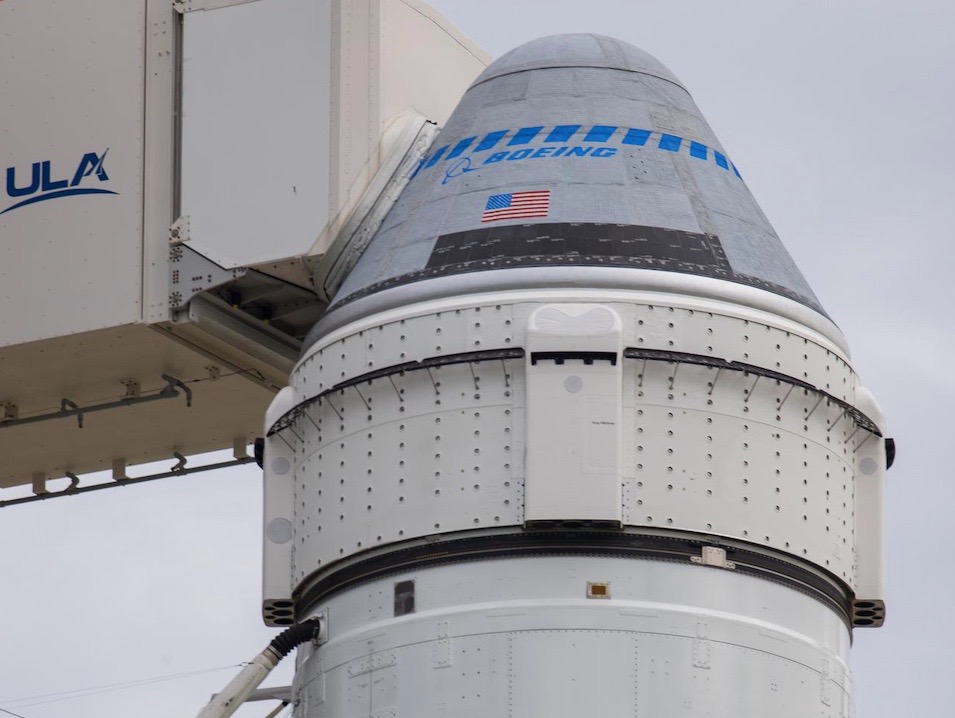
Boeing and NASA are targeting no earlier than May 2022 for the rescheduled second uncrewed Orbital Flight Test-2 (OFT-2) of the company's CST-100 Starliner spacecraft.
The first Starliner Orbital Test Flight-1 (OFT-1), which launched into space in 2019, experienced a number of issues and didn't reach the International Space Station as planned due to software issues. Boeing and NASA announced that the Starliner spacecraft software had been recertified for the OFT-2 mission in January 2021.
While the OFT-2 mission was originally planned to launch to the space station in March 2021, it was delayed several times throughout the year following issues found during pre-launch checks. During the last launch window in August, a valve issue was identified on the Starliner spacecraft.
Now, Boeing plans to launch its Starliner spacecraft atop a ULA Atlas V rocket in May 2022, depending on the readiness of the spacecraft and the schedule of other vehicles visiting the space station at that time. The service module originally planned for its Crew Flight Test (CFT) — the first test flight with astronauts on board — will now be used for the OFT-2 mission.
Starliner's first crew test flight
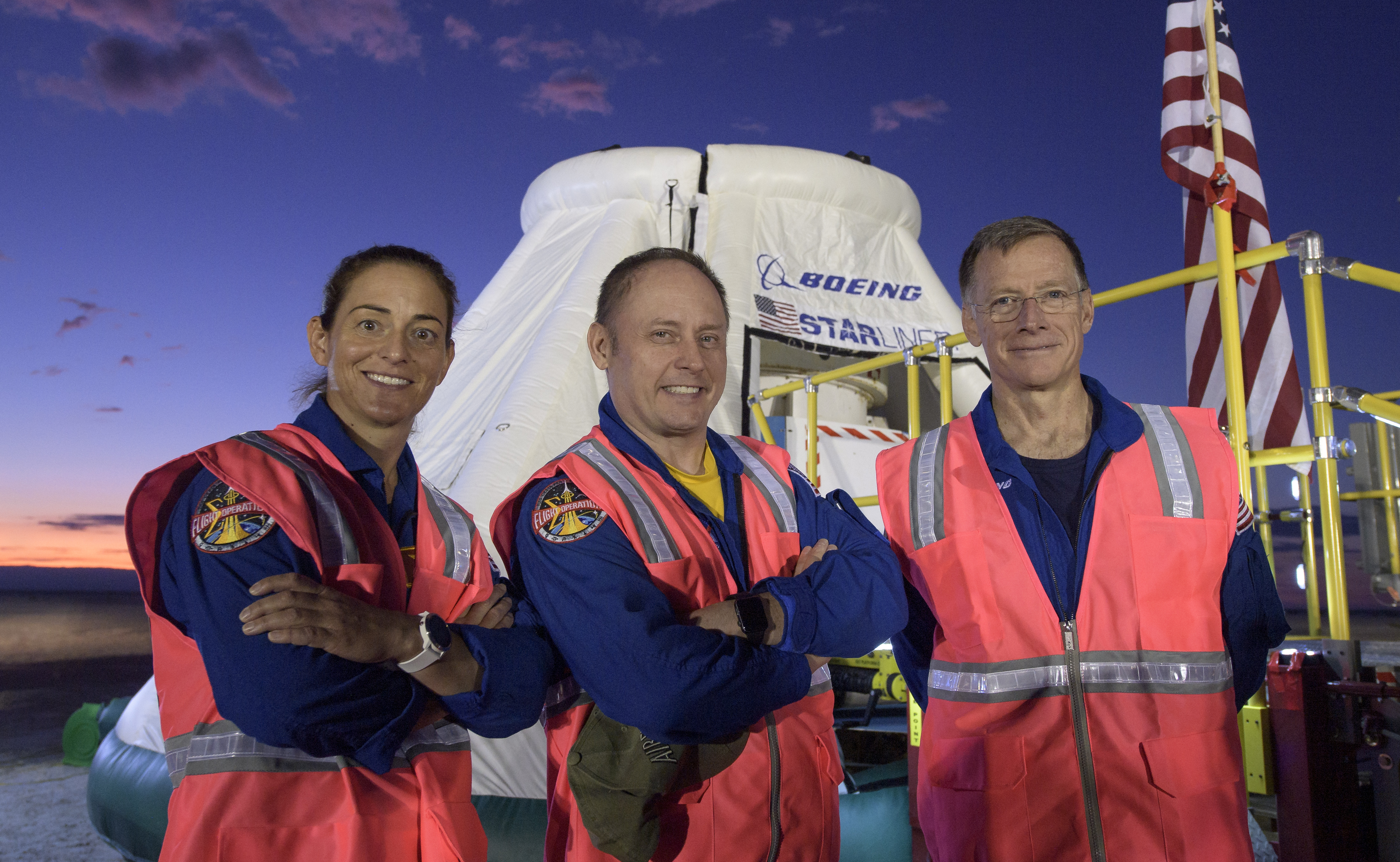
The delay of OFT-2 to May 2022 has pushed the launch of its Crew Flight Test (CFT) mission further into 2022, too. Assuming that Starliner passes its uncrewed flight test, Boeing plans to send up three astronauts to the International Space Station for an extended test flight, including NASA astronauts Mike Fincke, Nicole Mann and Barry "Butch" Wilmore. Since the CFT module will be used for OFT-2, the service module planned for the first operational mission (called Starliner 1) will be used for the CFT mission.
Related: NASA reassigns 2 astronauts from Starliner to Crew Dragon
Europe's JUICE launch
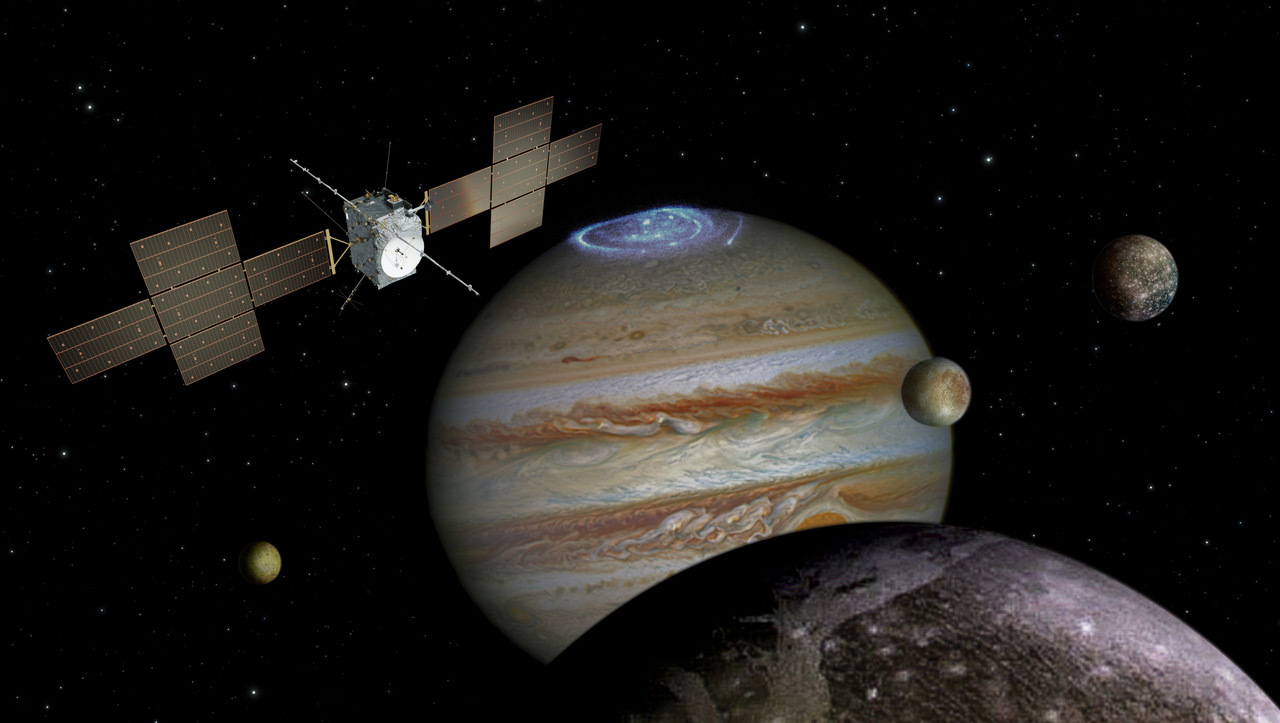
The European Space Agency's (ESA) Jupiter Icy moons Explorer (JUICE) mission is scheduled to launch in May 2022 and arrive at the gas giant in 2029. It will then spend at least three years studying the Jovian System, including three of Jupiter's largest moons: Ganymede, Europa and Callisto.
James Webb will come online
The James Webb Space Telescope made its historic launch on Dec. 25 after decades of development and several delays. However, it'll take about six months to get all of Webb's systems and instruments fully up to speed, with 50 major deployments and 178 release mechanisms scheduled for the telescope to fully take shape.
As a result, the $10 billion James Webb Space Telescope — NASA's largest and most powerful space science telescope — is expected to begin regular science operations in late summer of 2022. If all goes well, the telescope will study the universe's first stars and galaxies, atmospheres of nearby alien planets and more over the next five to 10 years.
NASA's James Webb Space Telescope mission: Live updates
ULA's 1st Vulcan rocket launch

ULA is planning to launch its brand new Vulcan Centaur rocket on its inaugural flight in 2022. Vulcan Centaur is the successor to ULA's Atlas V and Delta IV rockets. The new booster will phase out the Russian-made engines that powered ULA's long-running Atlas line, replacing them with Blue Origin-made engines.
Originally slated for 2021, the rocket's debut was delayed due to supply chain issues for the Peregrine lander, which is being built by the Pittsburgh-based company Astrobotic Technology. The Peregrine lander will carry Japan's first moon rover, called Yaoki, which was made by a Japanese company Dymon. The mission is sponsored by NASA's Commercial Lunar Payload Services (CLPS) program. If the mission goes to plan, the cremated remains of noted science fiction writer Arthur C. Clarke will be deposited on the moon.
Russia lunar landing mission at south pole

Russia's plan to launch a mission to the moon has also been postponed until July 2022. The mission, known as Luna 25, is the country's first mission to the moon's surface in 45 years, and will be the first mission to land on the lunar south pole.
Luna 25 was initially scheduled to launch in October 2021 on a Soyuz-2-1b Fregat rocket from the Russian Vostochny Cosmodrome. However, the mission was delayed due to issues identified with the spacecraft's landing system during crucial tests. In turn, more time is needed to complete successful trials of Luna 25's soft landing system. When the mission launches, the spacecraft will carry nine instruments on board.
Luna 25 will touch down at the moon's south pole to research the lunar regolith and exosphere (atmosphere). This region is under consideration for crewed moon missions by NASA and other space agencies in the future. The Soviet Union sent several uncrewed missions to the moon between the 1950s and 1970s, including the first spacecraft to hit the surface (Luna 2 in 1959), the first spacecraft to soft-land (Luna 9 in 1966) and the first robotic lunar rover (Luna 17/Lunokhod 1 in 1970), among other milestones.
Falcon Heavy launching Psyche mission
SpaceX will launch NASA's Psyche mission to a unique metal asteroid in July 2022. The mission will use one of SpaceX's Falcon Heavy rockets and it is scheduled to launch from Launch Complex 39A at Cape Canaveral Air Force Station in Florida.
The mission will study a metallic asteroid named Psyche, which orbits the sun between Mars and Jupiter. The asteroid appears to be the exposed nickel-iron core of an early planet — one of the building blocks of our solar system. Therefore, studying this new asteroid will offer new clues about how terrestrial planets like Earth form.
The Psyche mission is slated to launch nearly three years after the last Falcon Heavy flight in June 2019. The rocket has a busy year ahead with at least three U.S. Space Force missions and commercial payloads including a Viasat-3 broadband satellite and an Astranis communications satellite on the docket to launch in 2022.
India's Gaganyaan uncrewed test flights
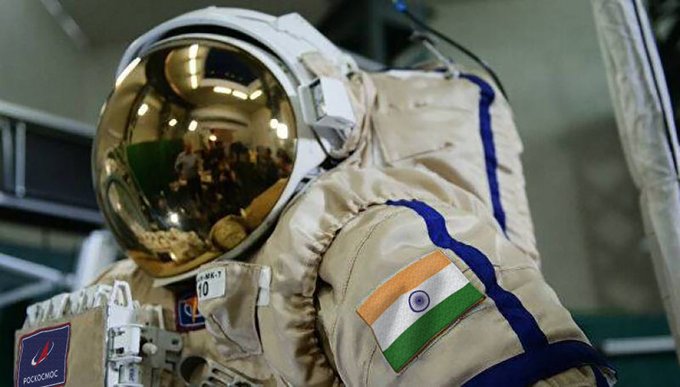
The first test vehicle flight for India's Gaganyaan space mission is slated for the second half of 2022, followed by a second uncrewed mission at the end of 2022. That second mission will carry a spacefaring human-robot named Vyommitra, which was developed by the Indian Space Research Organization (ISRO). If all goes well, ISRO is planning to launch the first crewed Gaganyaan mission in 2023.
Debut of Blue Origin's New Glenn rocket
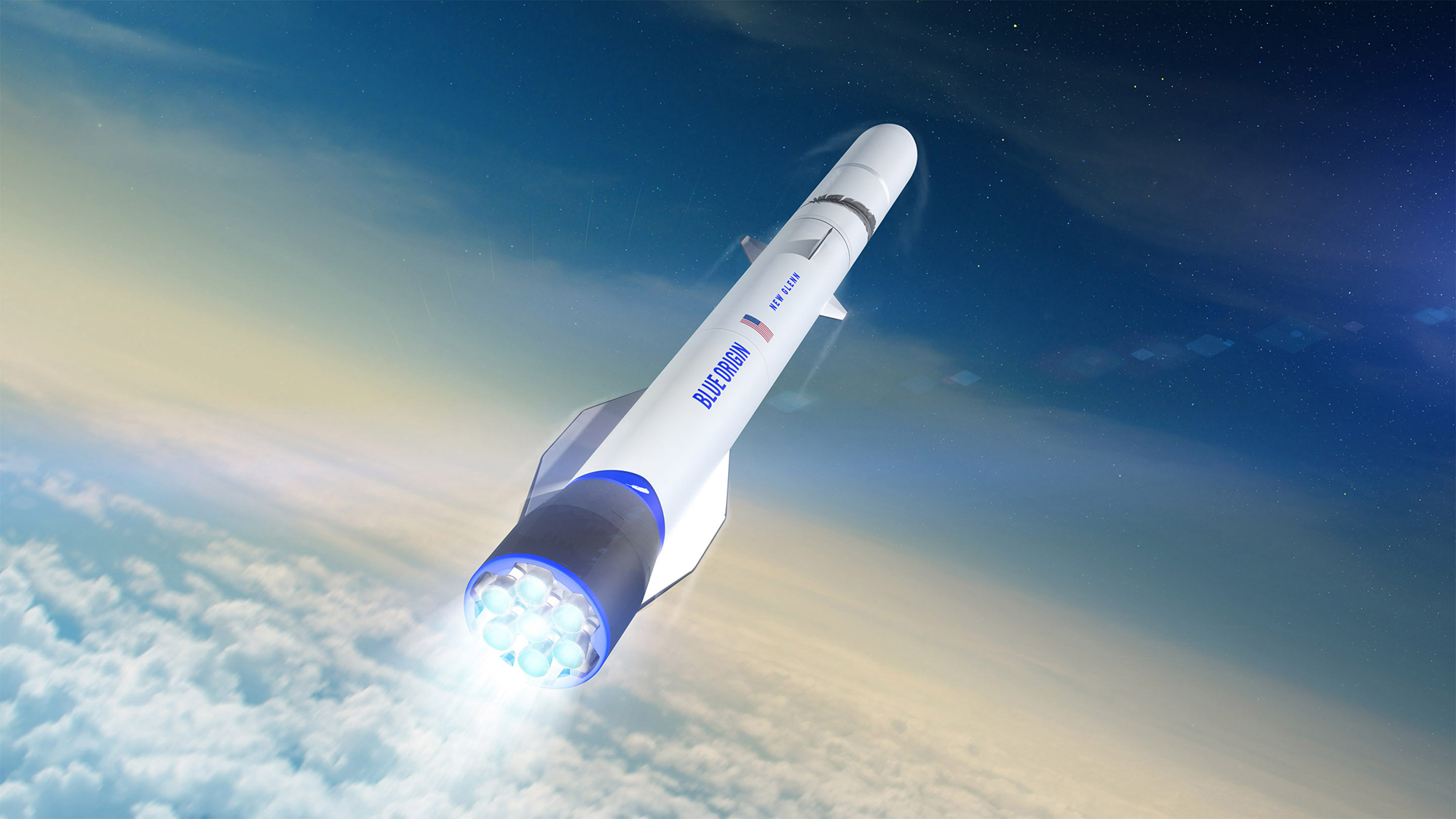
Jeff Bezos' private spaceflight company Blue Origin will send its first orbital rocket aloft in late 2022. Named New Glenn after NASA Mercury astronaut John Glenn, the rocket can send up to 14 tons (13 metric tons) to geostationary orbit and 50 tons (45 metric tons) to low Earth orbit. New Glenn — a partially reusable heavy-lift rocket designed to launch a variety of payloads — was originally slated to launch in 2021, but was delayed when Blue Origin lost out on a Space Force contract.
The rocket will be added to NASA's fleet of commercial launch vehicles. NASA has already used Blue Origin's suborbital rocket New Shepard (named after NASA Mercury astronaut Al Shepard).
Juno flying by Europa
NASA's Juno spacecraft has been exploring Jupiter since it arrived in orbit around the planet on July 4, 2016. The Juno probe has made some close flybys of the gas giant and its Galilean moons — but is expected to come strikingly close to its huge moon Europa in late 2022.
In February 2022, Juno will travel near Europa at a distance of about 29,000 miles (47,000 km). Then, in late September 2022, Juno will swoop just 221 miles (355 kilometers) above Europa's surface, offering an up-close view of the massive moon, according to a statement from NASA.
NASA extended Juno's mission in 2021 to keep the probe active through September 2025, as long as the probe keeps functioning properly. This allows the mission to collect even more stunning images and new data on the entire Jovan system.
DART impacts Didymos in September
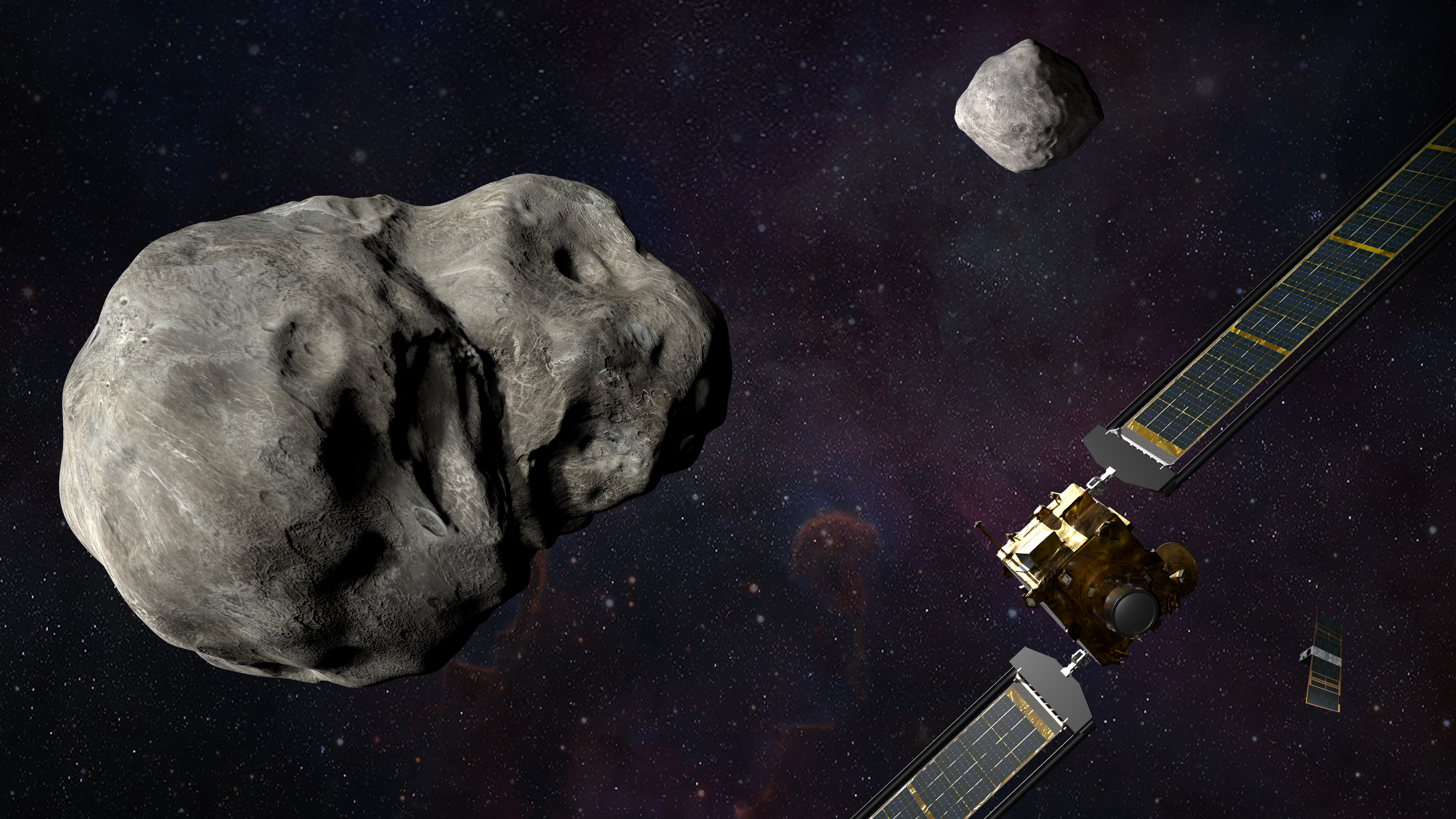
NASA's Double Asteroid Redirection Test mission, or DART, is scheduled to arrive at its target — an asteroid named Didymos and its moonlet Dimorphos — in late September 2022. The mission is designed to test a new method called the "kinetic impactor" technique to deflect near-Earth asteroids for the purpose of planetary defense.
The DART mission launched on Nov. 23, 2021 atop a SpaceX Falcon 9 rocket from the Space Launch Complex 4 at the Vandenberg Space Force Base in California. When DART reaches its target this year, the spacecraft will deliberately impact the moonlet Dimorphos at speeds of 4.1 miles per second (6.6 km/s), which is intended to change the moonlet's orbital speed enough to alter its orbit around Didymos. The mission will be the first planetary defense mission to test asteroid deflection methods.
ExoMars rover Rosalind Franklin launching in September
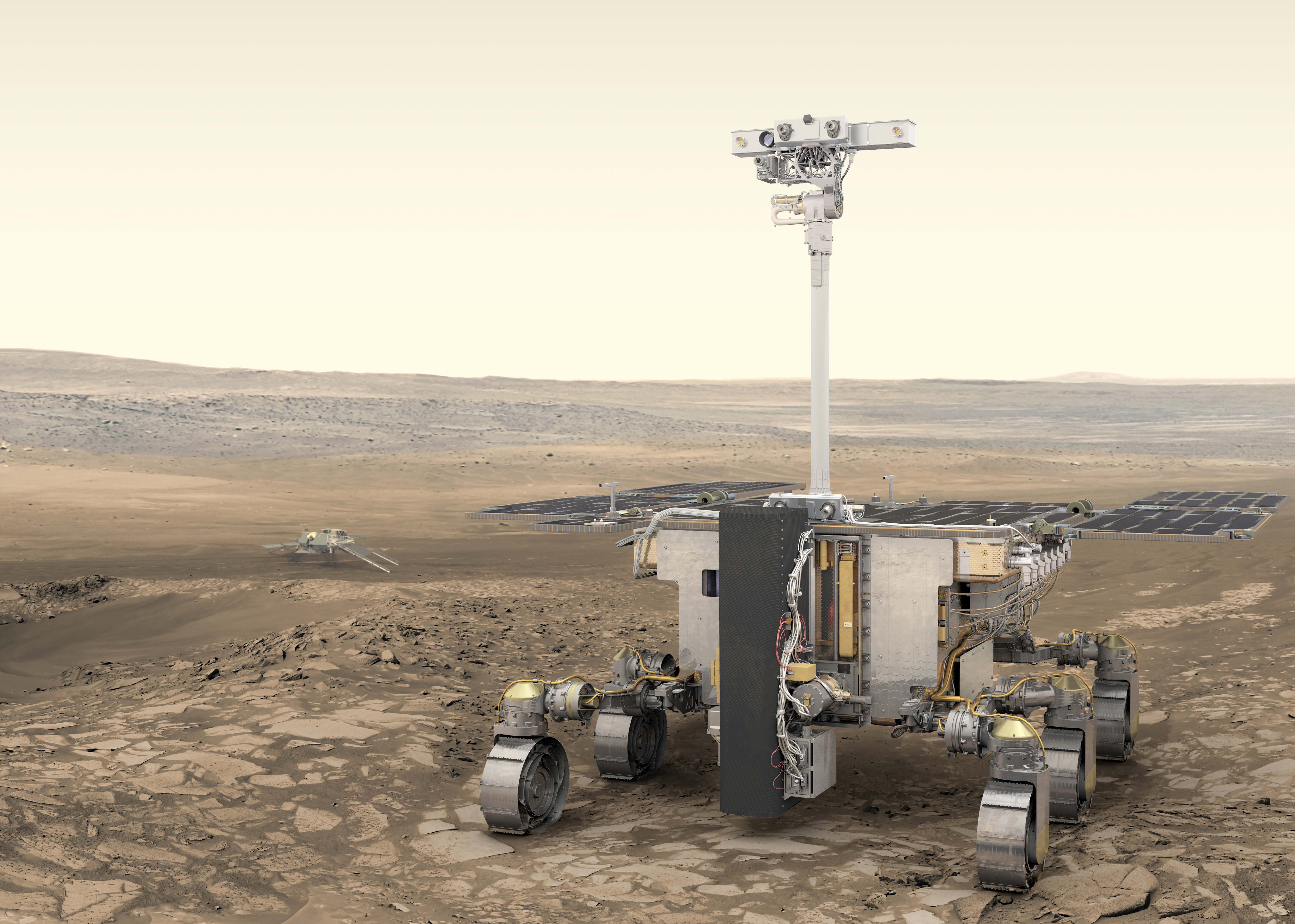
The ExoMars rover — a joint mission led by the European Space Agency (ESA) and the Russian space agency Roscosmos to explore the Red Planet — is now expected to launch between August and October 2022, according to a statement from ESA. Multiple unsuccessful parachute drop tests in 2019 and 2020 caused delays in launching the mission, which was originally slated to lift off in July 2020.
ExoMars is a multi-part initiative to study the Red Planet on the surface and from above. The program has two phases in the works. The rover, named Rosalind Franklin, is the second phase of the program. The components of the first phase, the Trace Gas Orbiter (TGO) and Schiaparelli (a landing demonstrator), both arrived at Mars in October 2016. Schiaparelli crash-landed on Mars during its landing attempt, but TGO remains in excellent health. The orbiter is performing science work and will serve as a communications relay for the rover.
If all goes according to plan, the ExoMars rover will touchdown on the Martian surface in June 2023. The rover is equipped with a special set of instruments designed to search for organic molecules and dig farther below the surface than its predecessors.
NASA's PRIME-1 mission launching in December

NASA has partnered with the Houston-based company Intuitive Machines to land an ice-mining drill on the south pole of the moon in December 2022. The mission, named the Polar Resources Ice Mining Experiment-1 (PRIME-1), is the first-ever mission designed to harvest water ice from inside the moon — a resource NASA hopes to utilize for its Artemis program aimed at returning astronauts to the moon by 2025 and eventually building a sustainable lunar presence.
The PRIME-1 Mission has two primary components: The Regolith and Ice Drill for Exploring New Terrain (TRIDENT) and the Mass Spectrometer observing lunar operations (MSolo). Intuitive Machines will fly the 88-lb. (40 kilograms) PRIME-1 payload on its NOVA-C lander as part of NASA's Commercial Lunar Payload Services program (CLPS).
Dream Chaser cargo missions
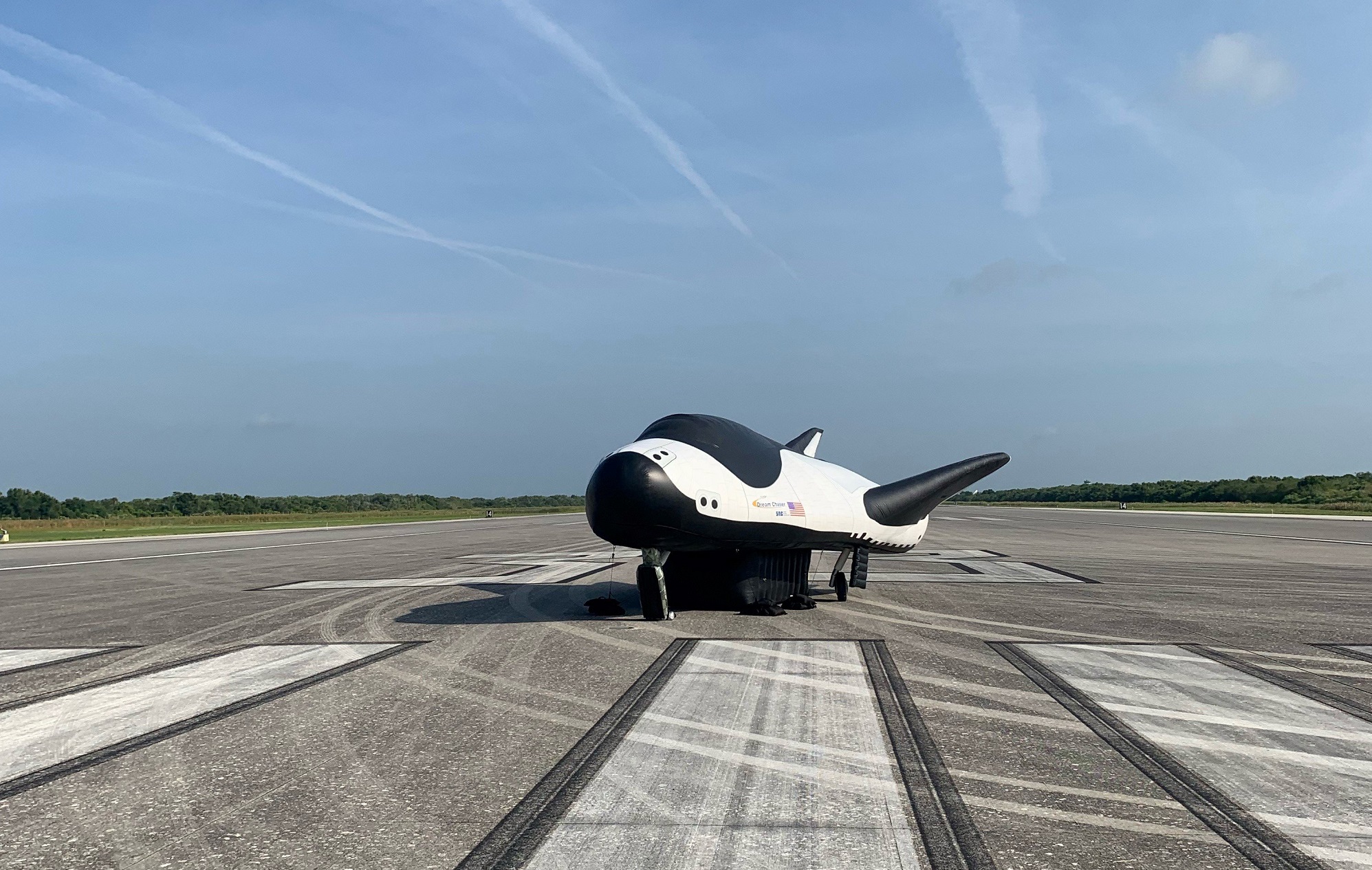
Dream Chaser — a private spacecraft from Sierra Nevada Corp. — will start flying cargo missions to the International Space Station in 2022. The space plane will touch down at NASA's Launch and Landing Facility (LLF) at the Kennedy Space Center in Florida — the same runway used for space shuttle missions, including the final one, Atlantis' STS-135 flight in July 2011.
Follow Samantha Mathewson @Sam_Ashley13. Follow us on Twitter @Spacedotcom and on Facebook.




